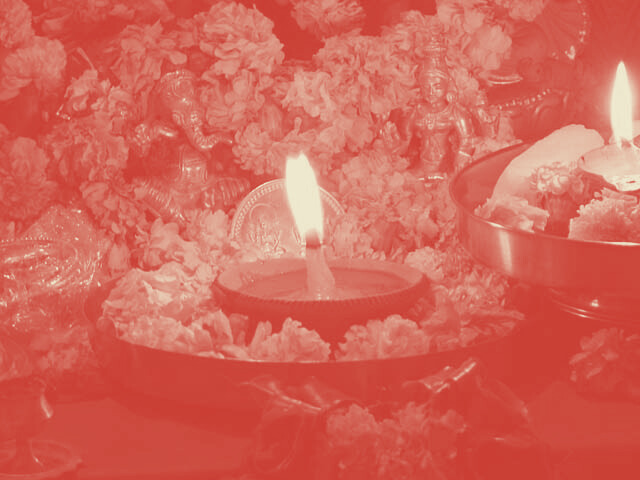As Indian Americans continue to make strides in politics, technology, and social activism, they also grapple with a profound question: What does it mean to be Indian American in modern America? For many, the answer lies in a complex interplay between preserving cultural heritage and embracing contemporary American values. This dual identity shapes the way Indian Americans navigate societal expectations, family traditions, and evolving community norms.
Cultural Tension and Hybrid Identities
The duality of being Indian and American often manifests as a hybrid identity that fuses traditional practices with modern outlooks. Whether it’s celebrating Diwali while embracing Thanksgiving or blending Bollywood beats with hip-hop at cultural events, Indian Americans constantly negotiate their sense of belonging. This cultural fusion is not without tension—some feel pulled between adhering to ancestral values and integrating into mainstream American life.
The rise of second- and third-generation Indian Americans has fueled a more confident embrace of dual identities. These younger generations are not only proud of their heritage but also unapologetic about their place in American society. Social media influencers and activists like Lilly Singh and Hasan Minhaj have played pivotal roles in redefining what it means to be proudly Indian American. They use humor, storytelling, and advocacy to challenge stereotypes while highlighting both struggles and triumphs within the diaspora.
Language and Linguistic Identity
One of the most contentious aspects of cultural preservation is language. While many first-generation immigrants continue to speak their native languages—Hindi, Tamil, Telugu, Gujarati—their children often grow up fluent in English, with limited proficiency in their parents’ tongues. This linguistic gap sometimes creates a cultural divide within families, as parents worry about losing their heritage while children seek assimilation and social acceptance.
Community Activism and Social Justice
Indian Americans are also increasingly leveraging their dual identity for social justice causes. From advocating for immigrant rights to confronting xenophobia, the community has become more vocal and politically active. The Black Lives Matter movement saw significant Indian American participation, as young activists drew parallels between systemic racism and the discrimination faced by South Asians. Organizations like SAALT and the Indian American Impact Project have also played critical roles in mobilizing the community around civil rights and political representation.
Navigating Social Expectations
In many Indian American households, cultural expectations persist around education, marriage, and career choices. Parents who immigrated to the U.S. with dreams of economic security often place immense pressure on their children to succeed academically and professionally. Yet, younger generations are increasingly challenging these norms, advocating for mental health awareness, LGBTQ+ inclusion, and career flexibility.
Food as a Cultural Bridge
Food remains a vibrant connector of cultural identity. Indian restaurants and fusion cuisine have become mainstream in American culinary landscapes, reflecting a growing appreciation for the community’s culinary traditions. From chai lattes to turmeric shots, Indian ingredients and flavors are finding their way into everyday American life. Yet, the commercialization of Indian food also sparks debates about cultural appropriation versus cultural appreciation.
The Role of Pop Culture
The representation of Indian Americans in popular media has also evolved. From stereotypical portrayals in early sitcoms to nuanced characters in shows like ‘Never Have I Ever’ and ‘Ms. Marvel,’ media portrayals now better reflect the complexities of Indian American life. These characters resonate with audiences by capturing the challenges of straddling two worlds without compromising authenticity.
Conclusion
Indian Americans today are boldly redefining their identity by blending the rich cultural heritage of India with the dynamic, diverse fabric of American society. Whether through politics, social activism, culinary innovation, or pop culture, they are not just preserving traditions but evolving them. The journey of self-discovery and community building continues as Indian Americans craft a multifaceted identity that is as resilient as it is dynamic.


Leave a Reply